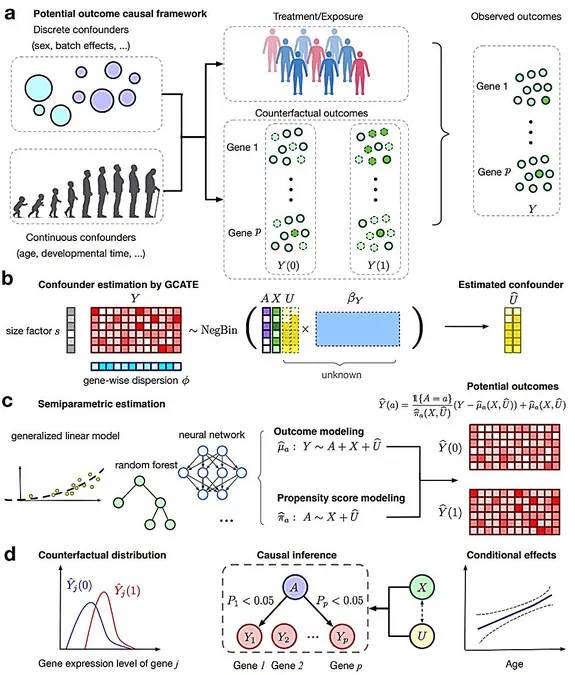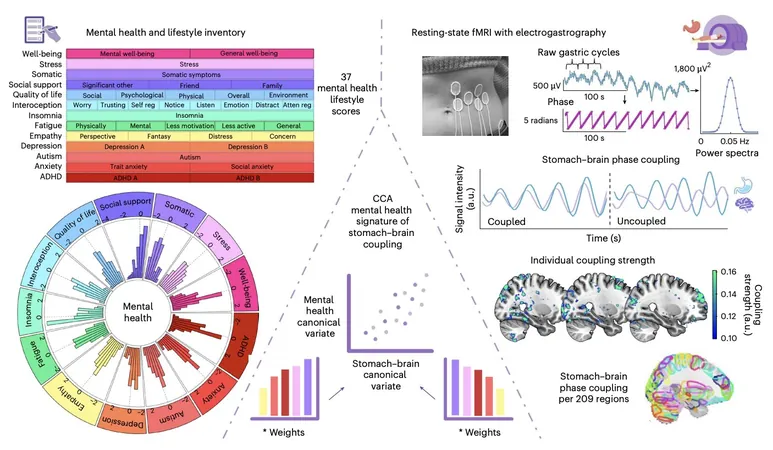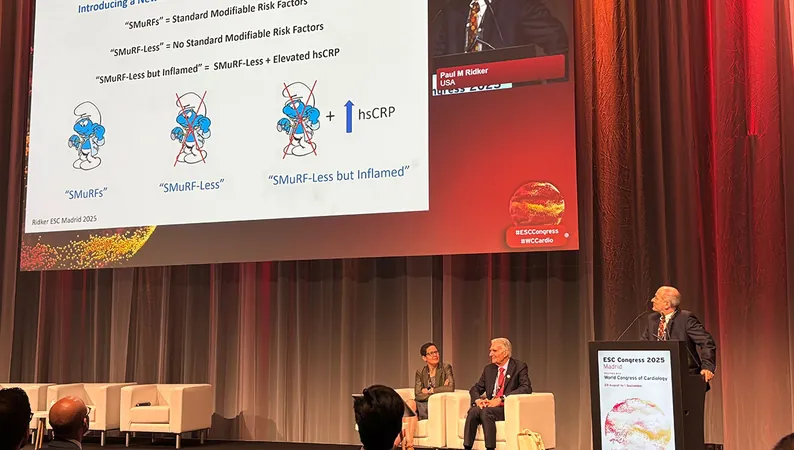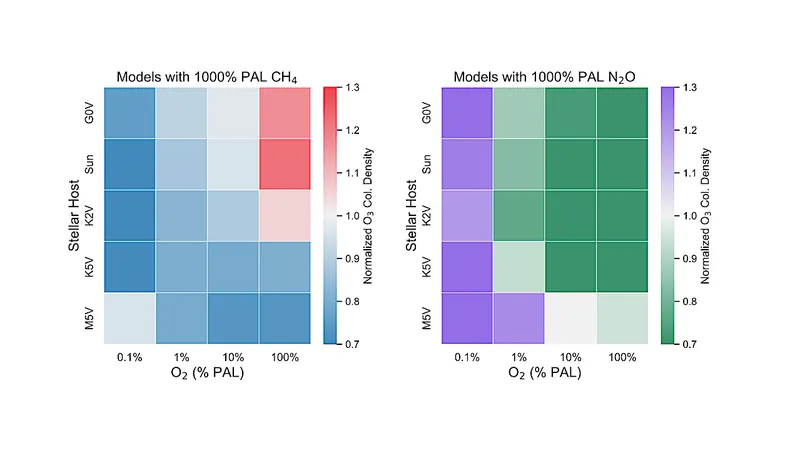
Revolutionary Tool Unlocks Secrets of Neurological Diseases Through Data Science
2025-07-21
Author: Wei
A Groundbreaking Leap in Neuroscience
Researchers at Carnegie Mellon University have unveiled a game-changing statistical tool called 'causarray' that promises to identify the genetic alterations responsible for devastating neurological conditions like Alzheimer's and schizophrenia. Despite a long history of associating certain genes with these ailments, proving which specific changes trigger the diseases has been a formidable challenge — until now.
Causarray: A Beacon of Hope
Leading the charge is Kathryn Roeder, UPMC University Professor in Statistics and Life Sciences at CMU, who emphasizes that causarray is already making waves in the identification of crucial genetic modifications. "Advancing from mere statistical associations to establishing causation is a monumental achievement over the past decade," Roeder states.
Decoding the Complexity of Genetic Interactions
Causarray employs the innovative concept of 'unmeasured confounders,' essentially hidden variables that influence a cell’s decisions. As Roeder puts it, "Just like our lives are shaped by countless unseen factors, so too are the lives of cells." This insight allows researchers to untangle the intricate causal relationships among genes.
Revolutionizing CRISPR Research
One of the groundbreaking applications of causarray lies in the analysis of CRISPR data. Traditionally, researchers manipulate an organism's DNA to observe the outcomes, relying on comparisons to untreated cells. However, many external factors—like the environmental conditions during an experiment—can skew these findings.
Roeder explains, "We assess what might have happened to a treated cell had it not been altered, utilizing a counterfactual approach. This means we can infer more accurate results that reflect the true impact of genetic modifications."
The Power of Data and Prediction
The causarray tool also harnesses extensive gene expression data to estimate outcomes for control cells. Lead author Jin-Hong Du, fresh from his Ph.D. program in Statistics & Machine Learning, highlights, "By identifying consistent patterns across multiple genes, we're correcting for confounders and shifting the paradigm from correlation to causation."
Pioneering New Paths in Genomics
While Roeder and Du are not the originators of the counterfactual method, they are trailblazers in applying it within genomics through Du's sophisticated causarray software. Roeder notes, "The data can reveal important signals that arise due to intrinsic correlations between genes. As advancements in techniques like CRISPR pave the way for breakthroughs in understanding brain disorders, the key to success lies in pairing these innovations with powerful statistical tools. This synergy is where the real magic happens."
With causarray, the code to unraveling the mysteries of neurological diseases is finally within reach, offering hope to millions affected by these conditions.





 Brasil (PT)
Brasil (PT)
 Canada (EN)
Canada (EN)
 Chile (ES)
Chile (ES)
 Česko (CS)
Česko (CS)
 대한민국 (KO)
대한민국 (KO)
 España (ES)
España (ES)
 France (FR)
France (FR)
 Hong Kong (EN)
Hong Kong (EN)
 Italia (IT)
Italia (IT)
 日本 (JA)
日本 (JA)
 Magyarország (HU)
Magyarország (HU)
 Norge (NO)
Norge (NO)
 Polska (PL)
Polska (PL)
 Schweiz (DE)
Schweiz (DE)
 Singapore (EN)
Singapore (EN)
 Sverige (SV)
Sverige (SV)
 Suomi (FI)
Suomi (FI)
 Türkiye (TR)
Türkiye (TR)
 الإمارات العربية المتحدة (AR)
الإمارات العربية المتحدة (AR)